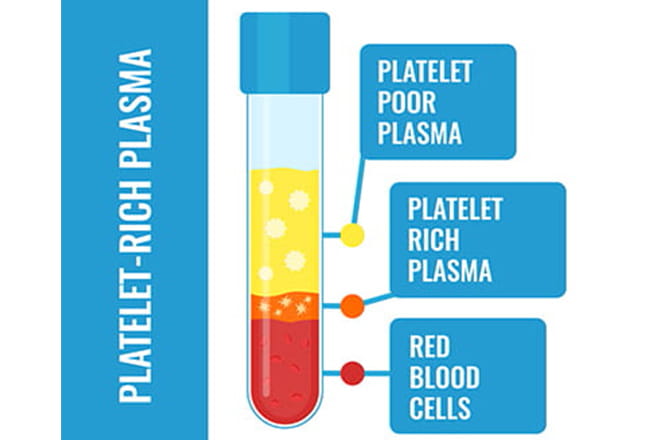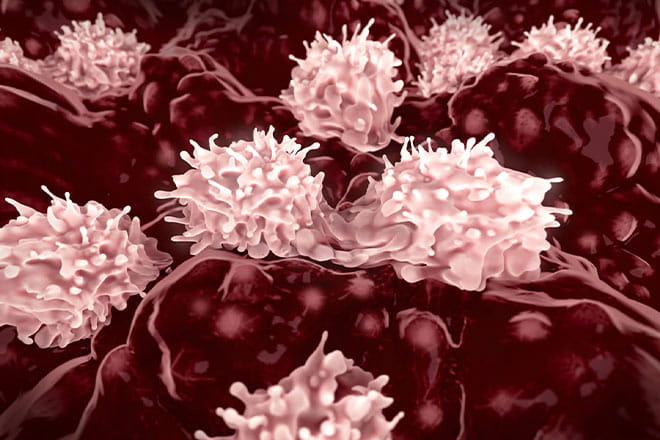Regenerative Medicine Treatment
Regenerative medicine treatments stimulate healing within the body
Most of what happens to our bodies as we go through life is “degenerative.” Our tissues, organs, tendons, muscles, ligaments and bones all begin to degenerate or break down over time. The musculoskeletal structure (e.g., muscles, bones, cartilage) is particularly susceptible to the “wear and tear” of life as well as to age, injury, disease, pregnancy, sports, and trauma, such as being in a car accident.
Some of the most common degenerative conditions include:
- Bulging and herniated disc in neck
- Cervicogenic headache
- Post-concussion syndrome
- Temporomandibular joint (TMJ) disorder
- Degenerative disc disease
- Bulging and herniated discs in back
- Degenerative disc disease
- Piriformis syndrome
- Sciatica
- Sacroiliac (SI) joint dysfunction
Stem cell therapy, prolotherapy, and platelet-rich plasma therapy are all examples of regenerative medicine—a process of stimulating your cells, tissues or organs to repair and heal themselves.
For people who have tried a variety of nonsurgical pain management treatments and traditional pain-relief methods, such as physical therapy and steroidal injections—yet have not experienced sufficient pain relief—it may be time to consider regenerative medicine treatments.
How regenerative medicine treatment works
Stem cell therapy, prolotherapy, and platelet-rich plasma therapy are all examples of regenerative medicine—a process of stimulating your cells, tissues or organs to repair and heal themselves. Regenerative medicine treatments are nonsurgical and nonopioid, and they work in different ways to signal your body to do what it does naturally to heal itself.
Prolotherapy—This is a type of regenerative medicine treatment for damage to cartilage, ligaments and tendons. It is often used by athletes to help regenerate joints and ligaments in the knees, or to heal rotator cuff injuries. It involves injection of a harmless substance such as dextrose (type of sugar water) in the area where you’re having pain. This causes an inflammatory response in your body which in turn produces a “proliferation” of blood cells and a signal for your body to regenerate connective tissue in that area. Prolotherapy sets off a chain of healing events in the body that include protection from infection and production of its own natural anti-inflammatories.

Platelet-rich plasma (PRP) therapy
This involves extraction of a sample of your own blood and using a centrifuge (a method of separating red blood cells from platelets and white blood cells) to produce a greater concentration of platelets and white blood cells than red blood cells. The usual ratio is 93% red blood cells, 6% platelets and 1% white blood cells, but with PRP therapy the ratio becomes approximately 94% platelets and white blood cells. The platelet-rich plasma is then injected back into the injured or painful area. Platelets rush into the area and cause production of new connective tissue and also help develop veins. The higher concentration of white blood cells stimulates regeneration of cartilage, tendons, ligaments and bone.

Stem cell therapy
This form of regenerative medicine treatment uses the body’s own mesenchymal stem cells, which are cells created in the bone marrow. These cells are particularly potent because they include bone cells, cartilage cells, fat cells, muscle cells, vascular system cells, and growth factors that help stimulate collagen production while reducing risk of infection, among other things. Stem cells are readily accessible in fat tissue and can be removed through small incisions and then infused into the injured or painful area. Stem cell therapy is often combined with PRP therapy, which furthers boosts the stem cells’ ability to stimulate the immune system response.
At Main Line Health we employ a combination of regenerative therapies, depending on your individual needs, to help your body heal optimally.
How long regenerative medicine treatment takes to work
As with any treatment, every patient is different and the response to treatment varies depending on age, current health condition, and a variety of factors. Consider the fact that you are regenerating tissue in the body and that this process naturally takes some time to happen. Some patients may feel the results of a regenerative medicine treatment within a week while others may take several weeks to several months to fully experience the benefits.